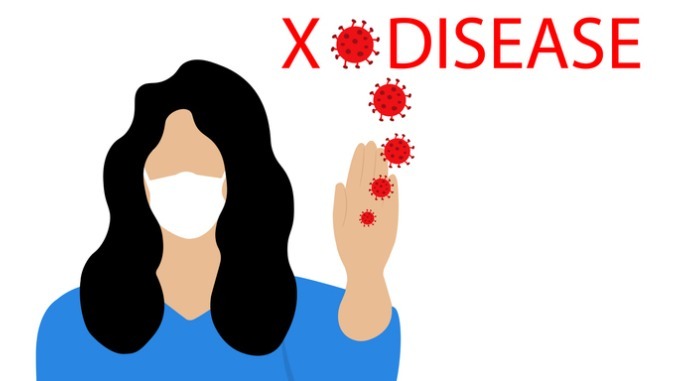
In the realm of global health, there exists a concept both intriguing and foreboding: Disease X. Coined by scientists and the World Health Organisation (WHO), Disease X represents a hypothetical pathogen capable of triggering a severe international epidemic or pandemic. Despite its hypothetical nature, the concept of Disease X underscores the critical need for global health preparedness in the face of emerging infectious diseases. With the uncertainty surrounding future pandemics, understanding Disease X is vital for practice managers, who play a pivotal role in ensuring healthcare facilities are equipped to respond effectively to potential outbreaks
CREDIT: This is an edited version of an article that originally appeared on CEPI
A hypothetical yet critical concept
Disease X serves as a placeholder for an unknown pathogen that could potentially emerge in the future and pose a significant threat to public health. In 2018, the WHO included Disease X in its updated Blueprint list of priority diseases for research and development, highlighting its importance on the global health agenda. While Disease X itself remains theoretical, it symbolises the ever-present risk of novel infectious diseases with pandemic potential.
Contrary to popular belief, Disease X is not a tangible virus or bacterium; rather, it represents a concept that encapsulates the unpredictability of emerging infectious diseases. The devastating impact of the COVID-19 pandemic, caused by the SARS-CoV-2 virus, serves as a stark reminder of the consequences of being unprepared for novel pathogens. While Disease X may not exist in the present moment, the threat it represents is very real.
The inevitability of Disease X
Despite its theoretical nature, Disease X looms ominously over the global health landscape. With the increasing frequency of zoonotic disease outbreaks and the interconnectedness of the modern world, the likelihood of encountering a Disease X scenario is a significant concern. While the specific characteristics of Disease X remain unknown, its potential to cause widespread harm cannot be ignored.
Assessing the risk
Research indicates that the likelihood of a pandemic similar to COVID-19 occurring in any given year is approximately 1 in 50, translating to a 38% lifetime probability for an average individual. Environmental factors, such as deforestation and urbanisation, contribute to the heightened risk of zoonotic disease transmission, further underscoring the importance of preparedness efforts.
While Disease X represents a probable candidate for the next pandemic, existing pathogens also pose a substantial risk of mutating or re-emerging and sparking widespread disease outbreaks. Recent history has seen the emergence of novel infectious diseases such as SARS-CoV-1, MERS, and Zika virus, highlighting the unpredictable nature of infectious disease threats.
Identifying the origin
The origins of Disease X are shrouded in uncertainty, but scientists believe that it is likely to emerge from one of the 25 virus families known to cause disease in humans. Novel diseases often originate from animal reservoirs, with zoonotic transmission events serving as the primary pathway for spillover into human populations.
Strategies for Disease X readiness
While the specifics of Disease X remain elusive, proactive measures can be taken to enhance global health preparedness. By investing in research and development, strengthening surveillance systems, and bolstering healthcare infrastructure, countries can better position themselves to respond effectively to emerging infectious disease threats. Additionally, fostering international collaboration and information-sharing mechanisms can facilitate a coordinated response to future pandemics.
Practice managers play a crucial role in ensuring that healthcare facilities are equipped with the necessary resources and protocols to respond effectively to emerging infectious diseases like Disease X, emphasising the importance of staying informed, implementing robust infection control measures, and fostering collaboration with public health authorities.



Be the first to comment